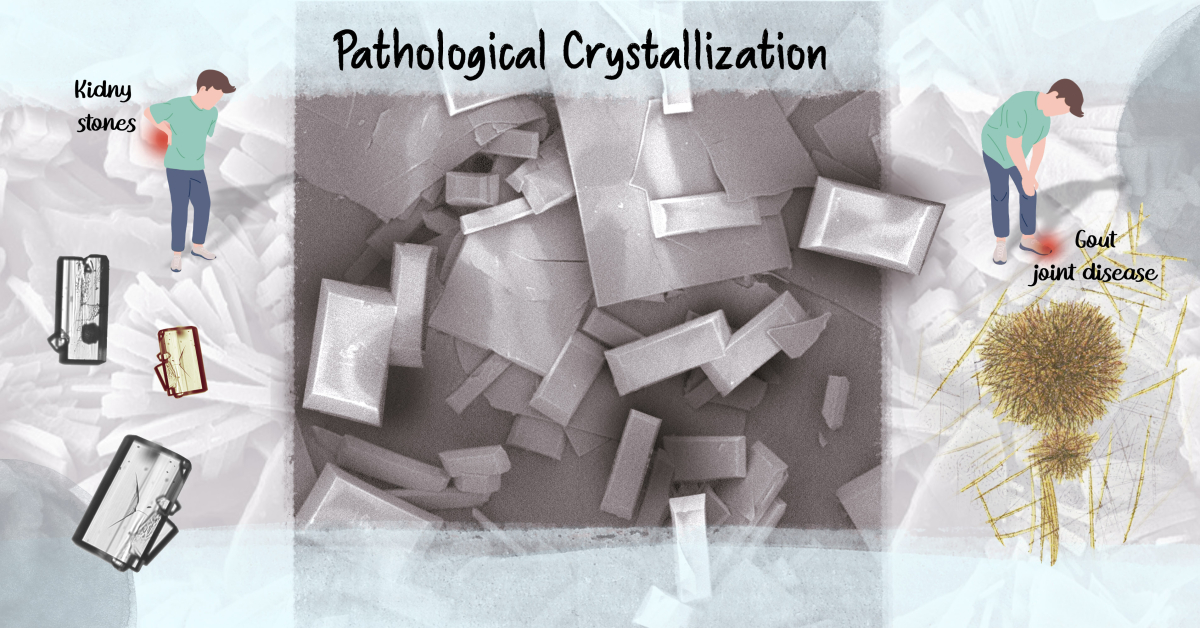Pathological crystallization
Kidney stones result from various types of crystalline materials, including uric acid, calcium oxalate, and others. Certain organisms, such as fish and crustaceans, exhibit remarkable control over the formation of these crystals, using them to reflect light in their tissues. Our research aims to understand the mechanisms by which these organisms regulate crystal formation and apply these insights to human health. We investigate how non-mineral components and the microenvironment influence kidney stone formation, combining advanced mass-spectrometry imaging, chemical analysis, proteomics, and metabolomics. By mapping the molecular composition of various types of kidney stones and urine, we aim to identify molecular inhibitors and promoters of crystal formation. These insights could pave the way for new treatments that specifically target crystal nucleation and growth, ultimately informing patient-specific therapeutic approaches for managing pathological crystallization.

